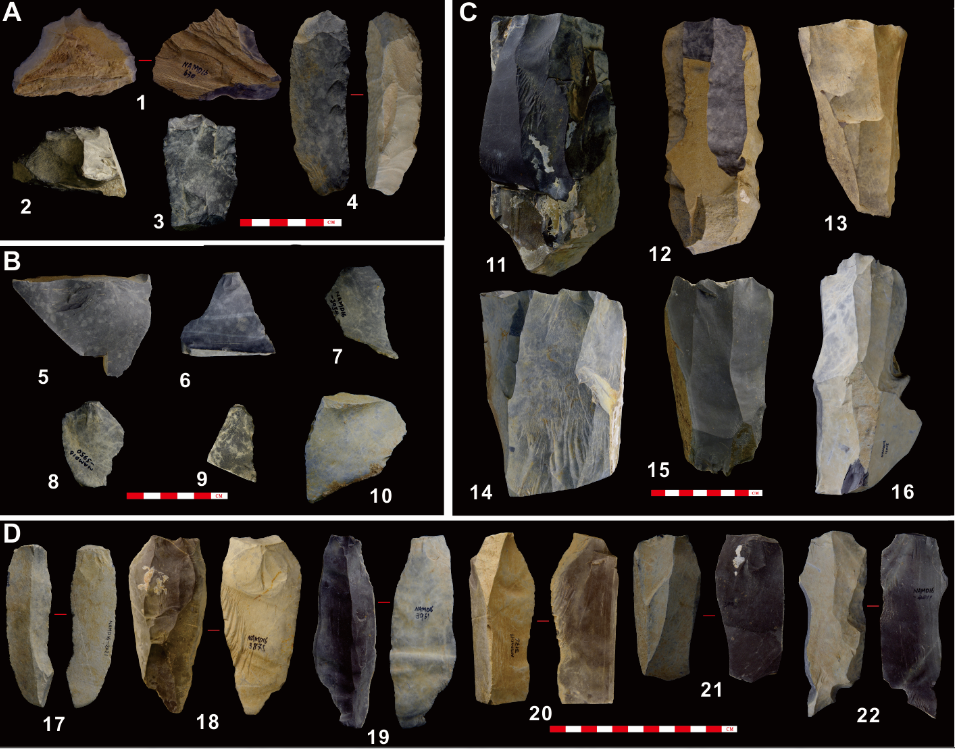The Institute of Vertebrate Paleontology and Paleoanthropology of the Chinese Academy of Sciences reported the oldest and highest early Stone Age (Paleolithic) archaeological site yet known anywhere in the world in November 2018.
This is a major breakthrough in our understanding of the human occupation and evolution of the Qinghai-Tibetan Plateau as well as larger-scale prehistoric human migrations and exchanges.
The discovery of the Nwya Devu (ND) site has yielded the earliest record of human responses to high-altitude challenges and the eventual conquest of this extreme environment.
Research results were published online in the journal Science on Nov. 30, 2018 as: "The earliest human occupation of the high-altitude Tibetan Plateau 40-30 thousand years ago."
A reviewer said, "It is very exciting that the discovery of the ND site perfectly solved the discrepancy between genetic and archaeological data of the first human occupation on the Tibetan Plateau." In a perspective article also in Science, ZHANG Jiafu and Robin Dennell said, "The evidence from Nwya Devu that humans were living at 4600 m above sea level 30,000 to 40,000 years ago provides a graphic example of how successful our species has been as a colonizing animal."

Earliest human occupation
Related Articles:
New Archaeological Site Revises Human Habitation Timeline on Tibetan Plateau
Qinghai-Tibet Plateau First Conquered by Humans at Least 30,000 Years Ago
